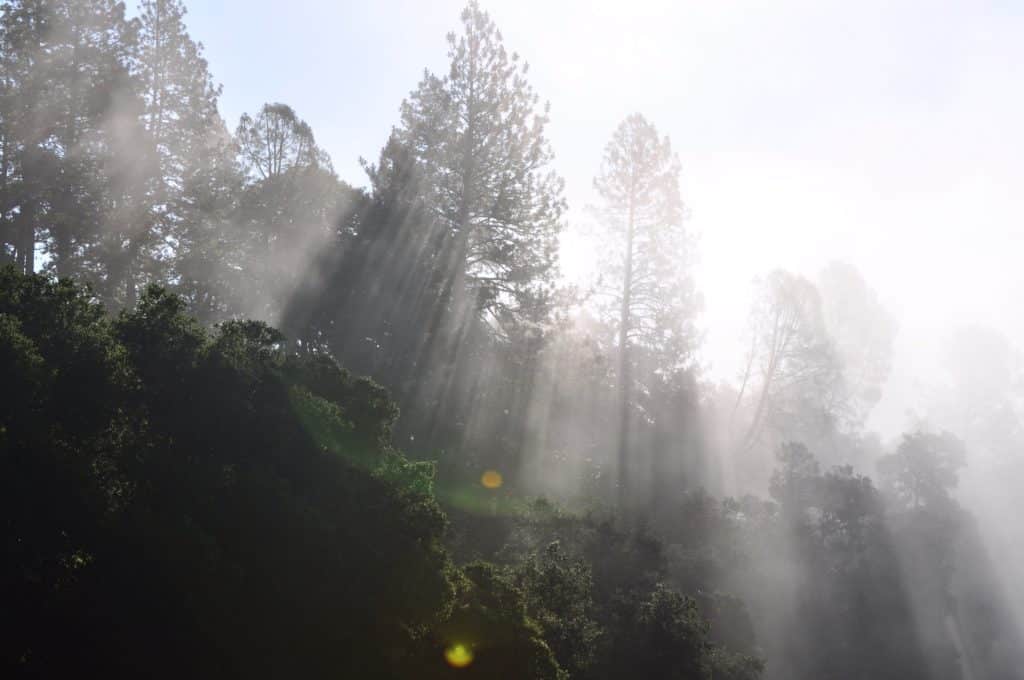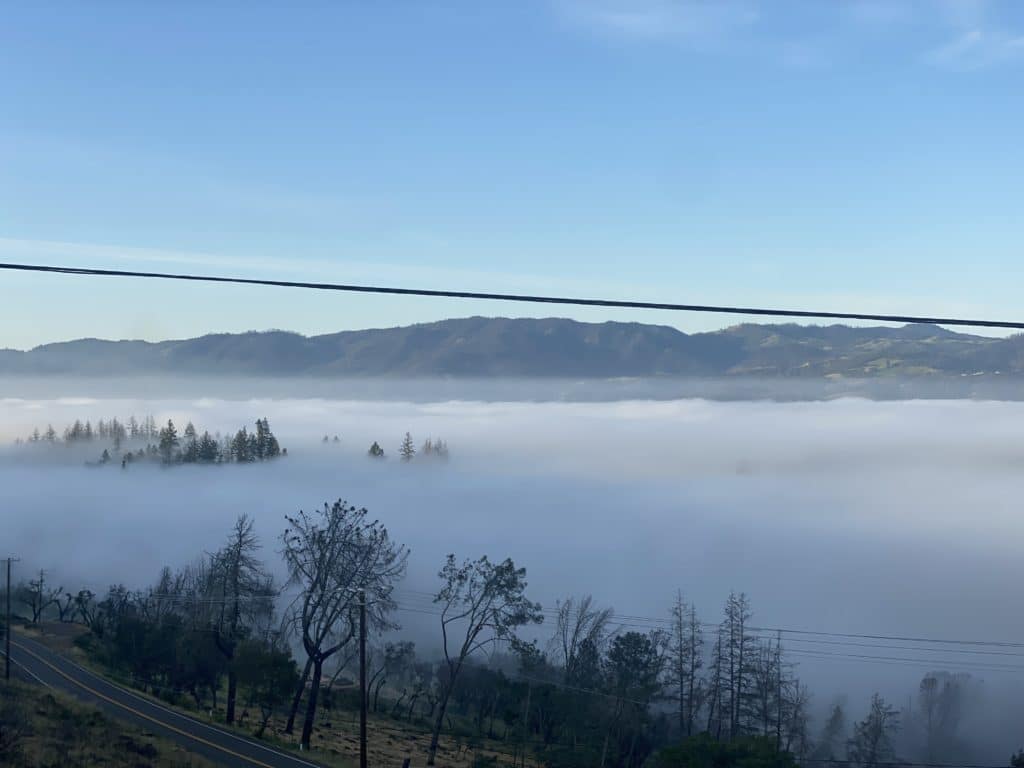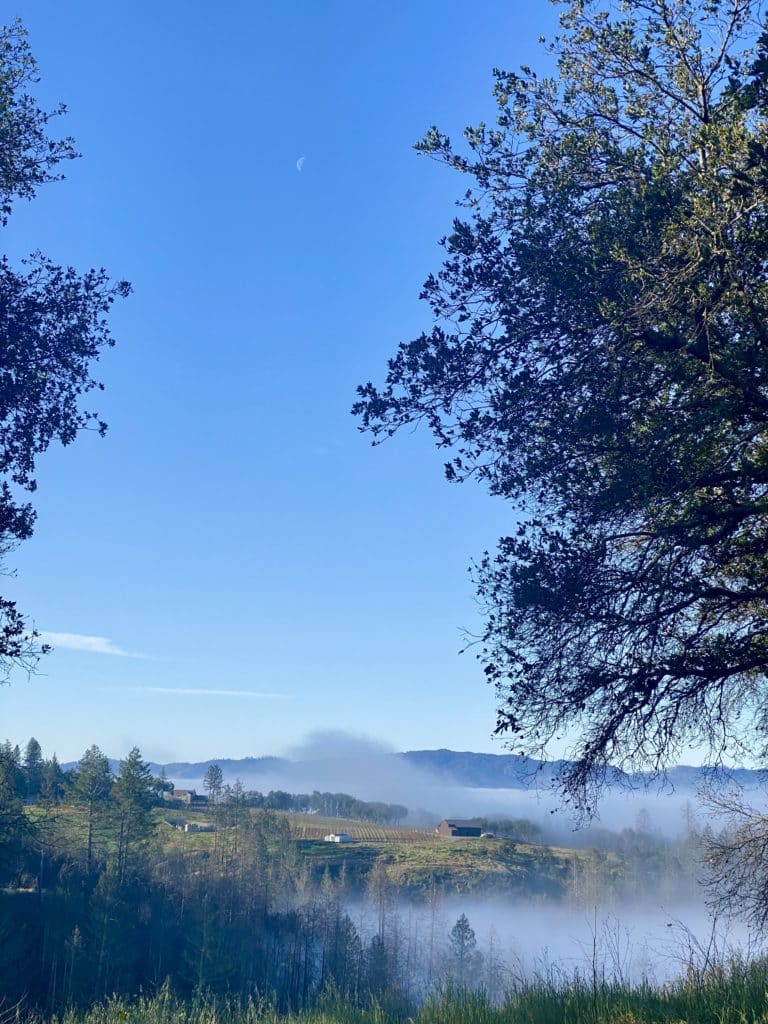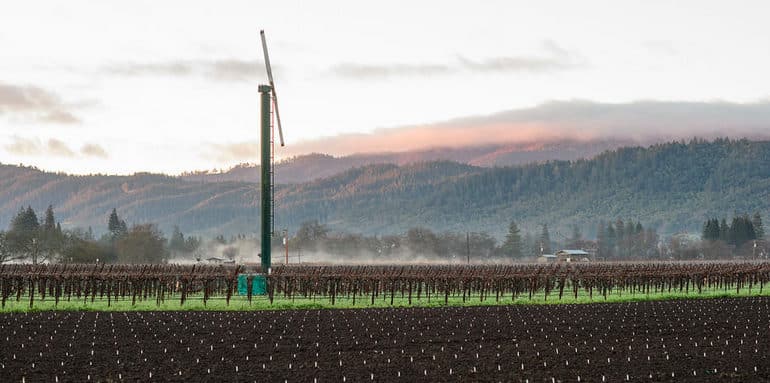
Our Fall 2022 Wine Release
When looking at wine regions around the world, climate and soil type are first and foremost. The climate of a region is incredibly influential on wine grape varietals and how they are grown. Napa Valley is a place where the stars have aligned – it is just over an hour’s drive from the ocean and sees significant maritime influence from the Bay Area. Like many of the valleys in the Northern Pacific Coast, Napa Valley was sculpted by glaciers, which yielded pockets of hidden areas that now have their own distinct microclimates. Napa Valley is divided into 15 sub-regions, known as American Viticulture Areas (AVA), each having their own characteristics based on their microclimates and soil types.
The Northern Pacific coast overall is blessed with a Mediterranean climate – a climate zone which only 3% of the world has (California, central Chile, southwestern Africa, Southwestern Australia, and the Mediterranean Basin). A Mediterranean climate entails dry, long summers and mild, wet winters. The symbiotic relationship of the cool Pacific Ocean and the San Pablo Bay with large but narrow mountain ranges that flow north-south creates an incredible number of microclimates even within the 40 miles of Napa Valley.

In the summer, a cold current flows along the Pacific coast and chills the warmer marine, forming fog by condensation. At the same time, the coastal mountain ranges and central valley land heat up and see cloudless days. The rising heat causes a low-pressure zone to form and sucks the maritime air up through San Francisco Bay and the west Napa Valley mountain range, known as the Mayacamas. The thick fog cools the coast and tempers the inland heat with cool afternoon breezes. As the temperature differential moderates, the pressure difference begins to even out and the fog layer recedes or burns off.
A glimpse of a Spring day in Napa Valley
Our Rutherford Dust Vineyard sits in the heart of Napa Valley and from there, you can see the fog roll over the Mayacamas Range and up the Valley from the San Pablo Bay. Mark’s daughter, Jess, lives on this property where he grew up. She says “Many days throughout the spring and summer, I can feel the cool ocean breeze despite how far we are from the coast. In the morning, the thick fog sits up high in the valley. As I drive seven miles up to our winery on Howell Mountain, I drive through the fog, which usually sits at 1,400-1,500 ft. in elevation”.
Our property sits at the top of a valley above Glass Mountain. From here, you can see the fog move in and out like the ocean barely reaching our vineyards. Around 9:30, the fog on the mountain moves quickly with the wind and starts to burn off, while the rest of the valley will be still be blanketed by fog until it burns off closer to noon.

Mark’s farming perspective: Napa has always been known for its terroir, climate, and terrain. The day to day weather can change quickly here in Napa Valley, but the morning fog and warm afternoons during the growing period has the most effect on great wines. Typically we will get a run on fog throughout the year, sometimes lasting up to a week at a time. Fog trades off with clear cool mornings to warm days, often with no discernible rhythm, making the growing season unpredictable. Although the morning fog is most important to the vineyards and winemakers during the growing season, it also helps to elongate bud break in the early part of the year. To be even more precise, the fog is best for the vines from flowering through harvest. Returning fog helps maintain lower overall temperatures in addition to hydrating the leaves. However, if the fog stays socked in due to significant rainfall, especially during harvest, the vines will not dry quickly and rot can set in.
The wines will retain better acidity, skin color, and mature flavors from these cooler days.

How does this affect the vineyards?
Each summer is different in the valley, making our growing season unpredictable. Just ten years ago, the fog would persist throughout much of the day. Now, we are seeing the fog burning up more quickly in the morning. The fog layer provides several benefits for the vineyards:
- Prevents sunburn
- Provides a longer growing season
- Retains natural acidity
- Prevents the heat from beating up the fruit
While our Howell Mountain Estate grapes enjoy more morning sunshine due to the earlier fog burnoff, our Rutherford vines appreciate the fog layer’s extended protection from the intense heat of the valley floor.
How does this affect the wine?
Throughout the Northern Coast, there is a natural balance of fruit quality, acidity, tannin and alcohol. The ripeness and tannin quality is very reflective in the wine as the grapes are not rushed to ripen up faster than the skins or phenolics. The fog helps our Rutherford grapes to achieve the same quality. Both properties do have their own personalities that are always fun to compare.
